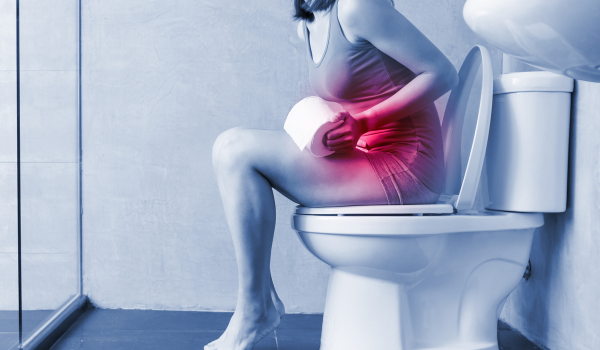Chronic constipation is characterized by difficulty passing stool, irregular bowel movements, and other uncomfortable symptoms such as bloating, rectal bleeding, or the feeling of incomplete evacuation. While home remedies like dietary adjustments and increased physical activity can help, you may need to consult a healthcare provider if constipation persists, particularly if you haven’t had a bowel movement in seven days.
Common Symptoms
Constipation symptoms can range in severity depending on the cause and location of the blockage. The most common symptoms include:
-
Abdominal pain: Often sharp, stabbing pains or cramping.
-
Bloating: This occurs when gas, fluids, and stool accumulate in the blocked section of the intestine, leading to a feeling of fullness.
-
Changes in bowel habits: Symptoms may include constipation, diarrhea, or both.
Small Intestine Obstruction Symptoms
Obstruction in the small intestine can prevent food and digestive juices from moving through the digestive tract. Symptoms of a small intestine blockage include:
-
Crampy abdominal pain
-
Nausea
-
Vomiting
-
Restlessness
-
Dehydration
-
Rapid heart rate
-
Loud gurgling sounds in the abdomen
-
Diarrhea
Large Intestine Obstruction Symptoms
If the blockage is in the large intestine, symptoms can include:
-
Severe lower abdominal pain
-
Fever
-
Pressure or heaviness in the lower abdomen
-
Inability to pass stool or gas
-
Bloating
-
High-pitched abdominal sounds
Partial vs. Complete Bowel Obstruction Symptoms
The symptoms of partial and complete bowel obstruction are similar but differ in their development and intensity.
Partial Bowel Obstruction Symptoms
Symptoms of a partial obstruction may come and go for days or weeks, becoming worse over time. These symptoms may include:
-
Diarrhea
-
Excessive flatulence
-
Colicky abdominal pain (severe, intermittent cramping)
Complete Bowel Obstruction Symptoms
Complete bowel obstruction is a medical emergency. It usually causes severe, sudden symptoms such as:
-
Severe abdominal pain
-
Inability to pass gas or stool
-
Loss of appetite
Symptoms in Children
Though more common in adults, bowel obstruction can also affect infants and children, particularly with conditions like intussusception (when one portion of the intestine slides into another). Symptoms in children may include:
-
Loud crying due to severe abdominal pain
-
Distended abdomen
-
Green vomiting (from bile)
-
Changes in bowel movements
-
Signs of shock, such as pale, clammy skin
-
Loss of appetite
Later Symptoms in Children
-
Mucus or blood in the stool (known as "jelly stool")
-
Rectal bleeding
-
Lethargy
When to Contact a Healthcare Provider
If you experience persistent symptoms like abdominal pain, bloating, or difficulty passing stool, it’s important to seek medical advice. Contact a healthcare provider if you have any of the following:
-
Bloody stools or rectal bleeding
-
Constant stomach pain
-
Fever
-
Inability to pass gas
-
Low back pain
-
Nausea
-
Unintentional weight loss
-
Vomiting
A Quick Review
Constipation, characterized by fewer than three bowel movements a week, can lead to symptoms like straining, bloating, and gas. Lifestyle changes such as drinking plenty of water, exercising regularly, and increasing fiber intake can help relieve symptoms. However, persistent constipation or symptoms like abdominal pain and vomiting should be evaluated by a healthcare provider.






